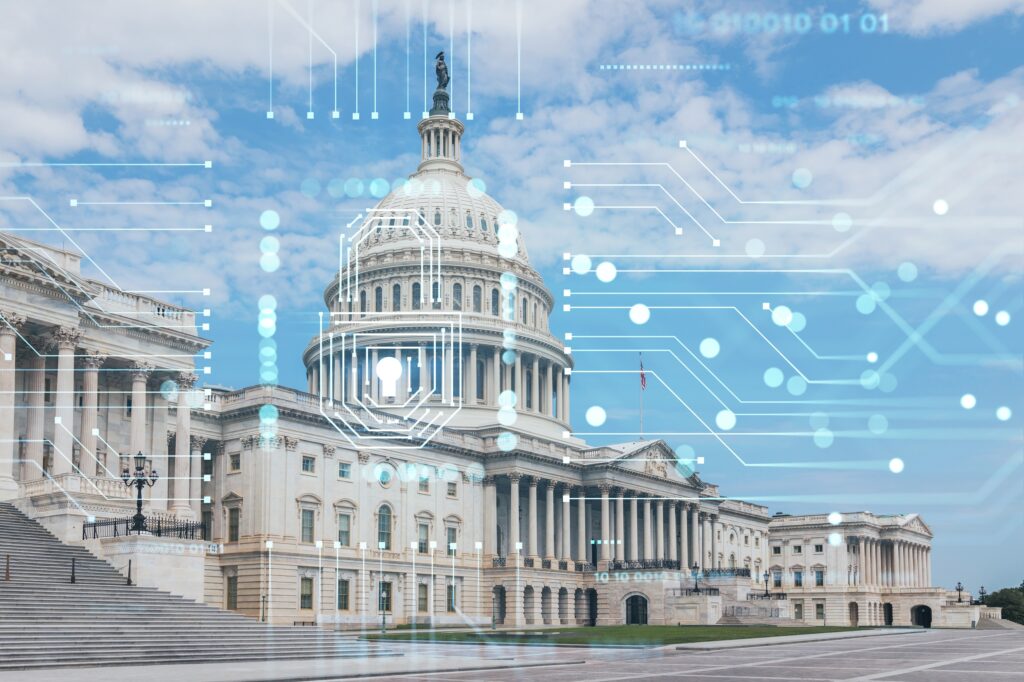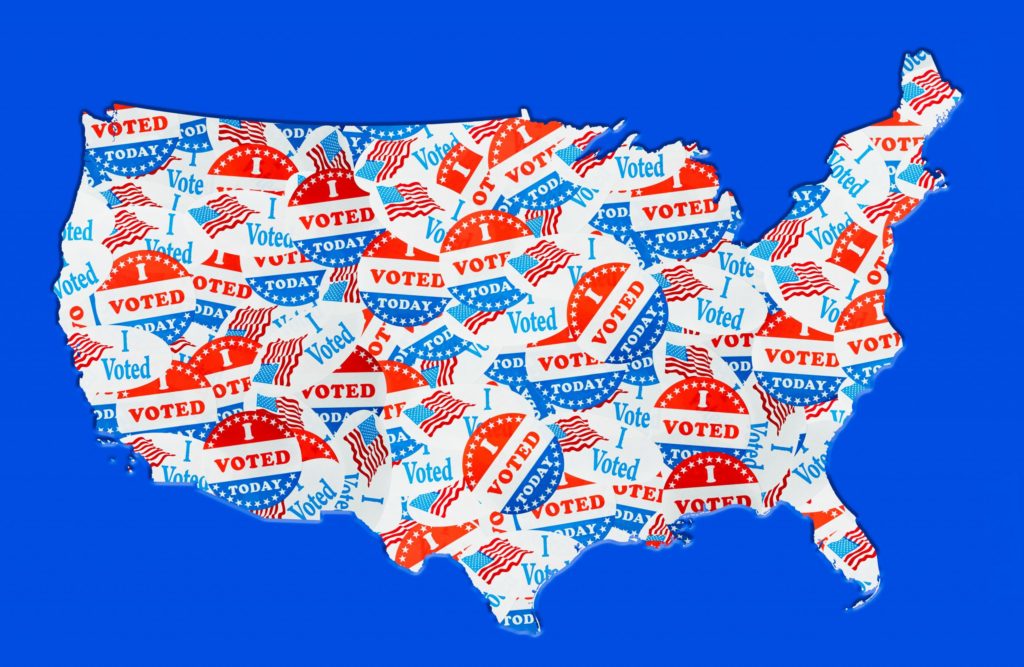The limits of consumer choice
Most conservatives, and even some liberals of the dwindling “New Democrat” variety, put near-religious faith in the maxim that greater consumer choice would improve nearly every heavily regulated service. They’re usually right. But examining a case where the benefits of consumer choice haven’t materialized as envisioned—in the consumer market for natural gas—may offer lessons to conservatives and liberals alike as they consider further reforms to the far more consequential health care market.
For many products and services, the benefits of choice are obvious. Within living memory, both landline telephone service and cable television were considered “natural monopolies” that couldn’t support more than one provider in any area. When technology and deregulation changed the equation, competing services proliferated and prices dropped steeply. Deregulation of trucking, freight railroads and air travel served to lower prices and increase competition a great deal, while generally squeezing profits for incumbent players.
In the market for home delivery of natural gas, 15 states (including 6 of the 10 largest) now allow consumers to choose their providers and shop for lower prices. But except in Ohio—where one major delivery utility has exited the gas-purchasing business altogether and another actively encourages its customers to buy from other suppliers—more than 85 percent of natural gas customers don’t bother to shop around. And when they do, the choices aren’t impressive. When I looked to switch my provider in Northern Virginia, several companies advertised as offering competitive service didn’t even answer my inquiries. Of those that did, the “best choice” offered me a savings that would amount to less than $5 per month.
This is a pity, because vigorous efforts to get more people to use gas at home would yield significant economic and environmental benefits. Gas heat usually costs less and is almost always more reliable than electric heat. It’s also cleaner by almost every measure than any other fossil fuel. But the percentage of houses in urban areas with natural gas service is actually lower than when it was used for lighting 100 years ago.
Given these facts, one would expect gas providers to be doing blanket advertising on television, sending out mailers and competing with each other to benefit consumers. But outside of the Northeast, the only region of the country where home heating oil is still common and the industry has for years been making a major “convert to gas” push, one doesn’t see this sort of marketing. No single reason can explain why. Indeed, gas industry trade associations I contacted were reluctant to give detailed explanations on the record. Four factors, however, stand out: lack of genuine choice, opaque pricing, generally high satisfaction with current service and the direction of capital investment.
The lack of genuine choice may be the most obvious barrier. Natural gas is a commodity, with prices largely determined in the global markets. Since the companies that sell gas in competition with existing utilities don’t provide duplicate distribution infrastructure, there are few if any “features” they could compete on. Since gas is all the same, they can’t even compete (the way some electric power marketers do in some states) on the environmental benefits of their service.
Pricing is also opaque. Like medical bills, but unlike bills for telephone and credit card services, natural gas bills are subject to few national standards. The electronic bill I get from Washington Gas simply contains an “amount due” with no explanation of how much I am paying for gas service. (I had to call for this information.) Natural gas “deregulation” has, like many other forms of deregulation, affected only part of the equation. While the price of natural gas itself floats up and down, the pipes that distribute the gas are so expensive to build that few property owners can actually choose which company provides them. The infrastructure demands create “natural monopolies.” As such, government bodies set regulations determining how much the companies who own them can charge to carry gas.
Consumer satisfaction with natural gas service is also very high. The system is so reliable that the Federal Energy Regulatory Commission, which monitors electric and gas grid reliability, doesn’t even keep statistics on gas outages. Most Americans probably can’t even name their local natural gas distribution company or they will name their electric utility (often a different entity) when asked.
The direction of capital investment may play another role. While the American Gas Association says its members spend $19 billion a year on infrastructure, the glamour and venture capital go toward efforts that unlock new deposits via hydraulic fracturing, as well as efforts to expand the use of natural gas to replace coal for generating electric power.
Since more and more gas is being used to generate power, the cost and environmental benefits of using gas and electricity are fast converging. For good reasons, much more technology, money, and brainpower go into better ways to get gas out of the earth and use it cleanly for electricity than into finding new ways to pump it into homes for heat and cooking.
A lot of these factors have analogues in the health care market. Just as gas companies generally don’t post their prices prominently, neither do doctors. For all of the political fighting that surrounds health insurance, likewise, most people are happy with what they have. According to a Gallup poll taken last year, among people earning over $75,000, a group that overwhelmingly uses private providers, 92 percent were satisfied with their own coverage. Overall satisfaction was a still quite respectable 69 percent.
Likewise, capital investment in medicine emphasizes advanced technology, research, and the discovery of “miracle pills”—all areas in which the United States undoubtedly leads the world—rather than the low-margin, low-glamour business of improving day-to-day care. Although benefit packages once differed a great deal—from “mini-med” plans that provided little real coverage to so-called “Cadillac” plans that erased all bills—the strict benefit mandates under Obamacare have tended to make health insurance into much more of a commodity.
This offers lessons for both liberals and conservatives intent on health care reform. For all its abundant flaws, Obamacare does offer more choices to small businesses and sicker individuals, who now can buy their coverage through the exchanges and choose between plans (at least when the websites are up). Employees of small businesses, who previously were stuck with whatever plan their employer chose, now have a menu of options in many cases. This hasn’t produced much in the way of lower premiums, at least in part because the health market now looks a lot like the natural gas market.
But this also provides reason to think that conservative health reform plans that emphasize choice and consumer empowerment won’t produce vastly better results, either. The old system with fewer benefit mandates wasn’t a great deal better than the new system with more mandates. Likewise, unless pricing becomes more transparent, there’s little reason to think that simply offering consumers more choices—absent some way for them to parse the differences and weigh the costs—will make a big difference.
The natural gas market and the health care market, of course, aren’t mirror images. Gas is truly a commodity, while health care quality can differ a great deal between providers, insurers, and regions of the country. But choice alone is not a panacea.









